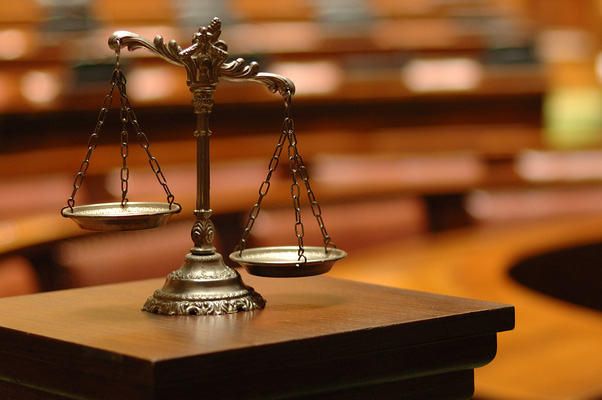- Date: June 25-27, 2018
- Location: Salt Lake City, Utah, USA
Dr. Sandau and the Chemistry Matters team are proud to be presenting and/or co-authors of 3 presentations at the 2018 International Network of Environmental Forensics (INEF) hosted by Salt Lake City and the University of Utah. The conference takes place June 25-27 and the abstract of the presentation is below.
Dr. Sandau will be presenting Forensic PAH Fingerprinting Techniques and Source Apportionment for Oil Spills and Examining Uncertainty Associated with Positive Matrix Factorization Source Apportionment Models.
How many PCBs are there in the environment and where do they come from?
David Megson1,2, Rhys Jones3, Glenn Johnson4, Thomas Brown5, Courtney Sandau2
1 Manchester Metropolitan University, Manchester UK.
2 Chemistry Matters, Alberta, Canada
3 Waters Corporation, Manchester, UK
4 University of Utah, Utah, U.S.A.
5 Scottish Association for Marine Science (SAMS), Oban, Scotland
Abstract:
A significant limitation with some PCB forensic cases is that they use analytical methods that only target a subset of specific PCBs. There can be a huge variation in the PCBs targeted by different methods with many established to focus solely on co-planar PCBs (e.g. WHO 12) to assess human health risks, or on PCBs that are abundant in Aroclors (e.g. i7 & i3 PCBs) to estimate total concentrations. This highly filtered data is not ideal from a forensics perspective and can result in the data analyst missing PCB contamination from highly weathered and non-aroclor sources.
One of the key questions often asked in forensic investigations is how many PCBs are present in the environment and where have they come from? This presentation will provide a brief overview of known aroclor and non-aroclor sources of PCBs. It will discuss which congeners are commonly detected in the environment and will present data obtained from marine animal samples analysed by GC-qqqMS and GCxGC-ToFMS. The results show that over 150 congeners were detected in the samples, with conservative estimates indicating that approximately 5% of the total PCB concentration in some samples originated from non-aroclor sources.

 Provides expert support to projects involving litigious or contentious subjects. These expert witness services are founded on chemistry principles and proper application of scientific methods.
Provides expert support to projects involving litigious or contentious subjects. These expert witness services are founded on chemistry principles and proper application of scientific methods.